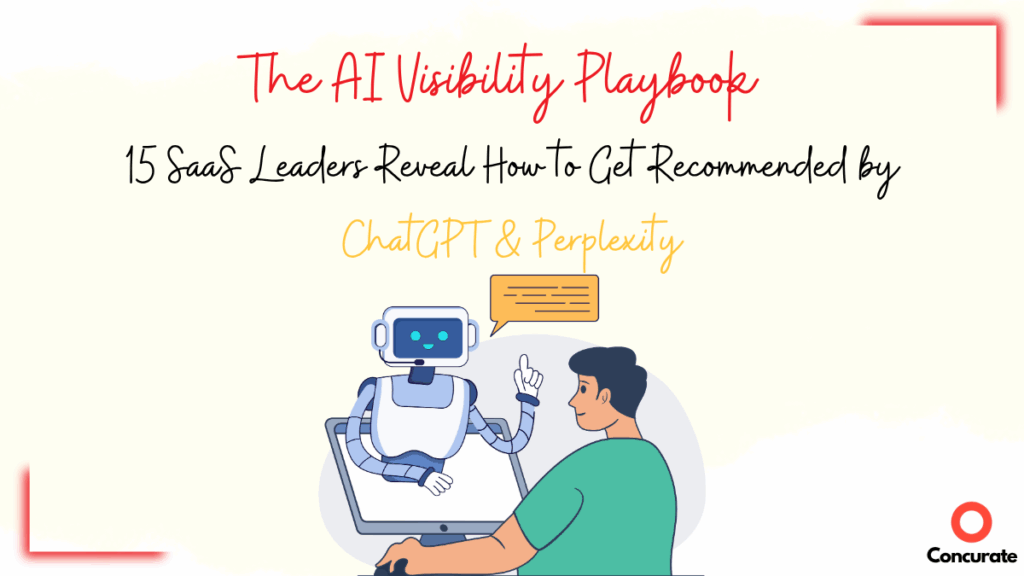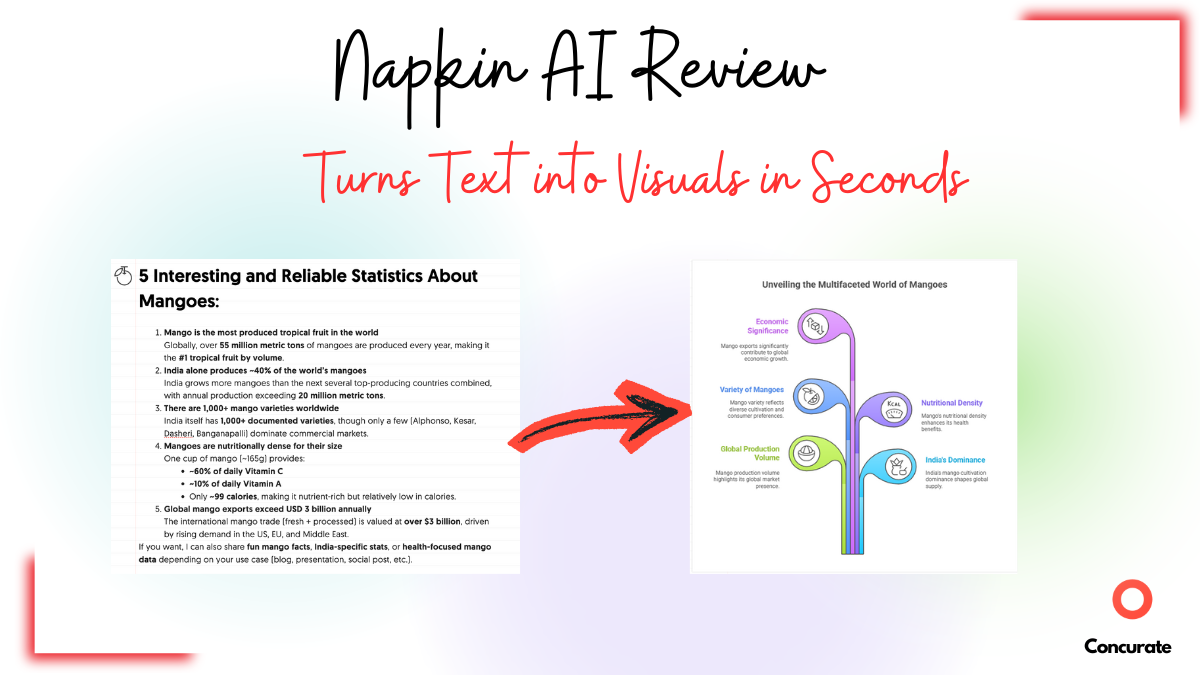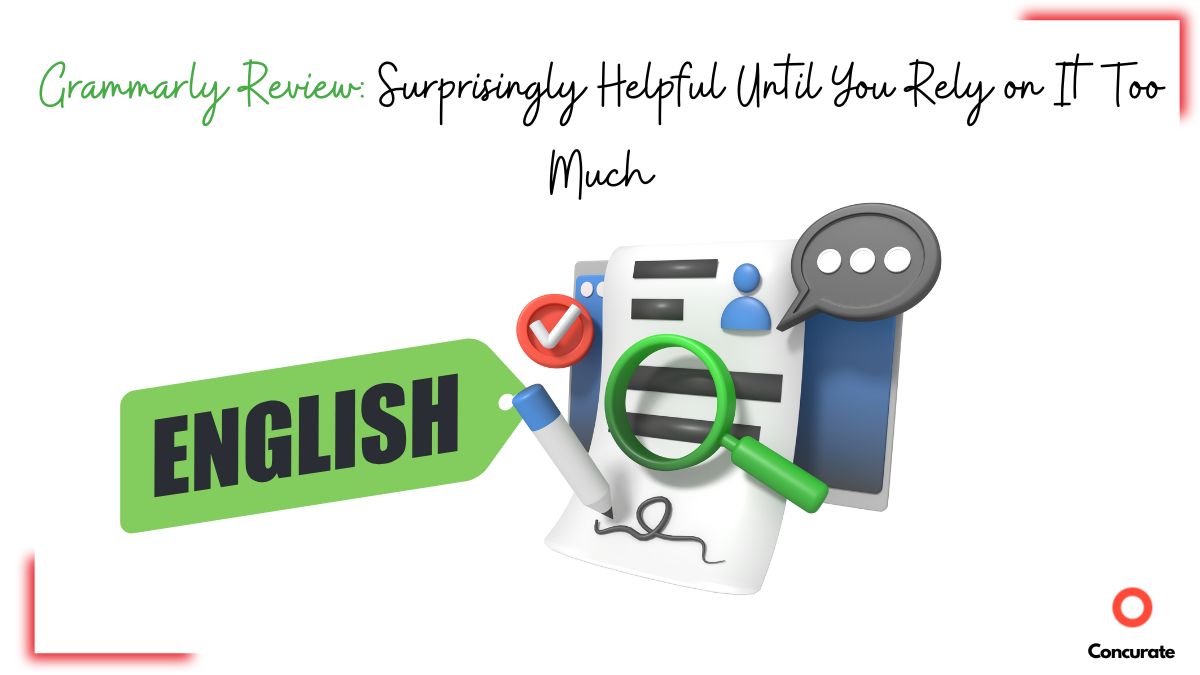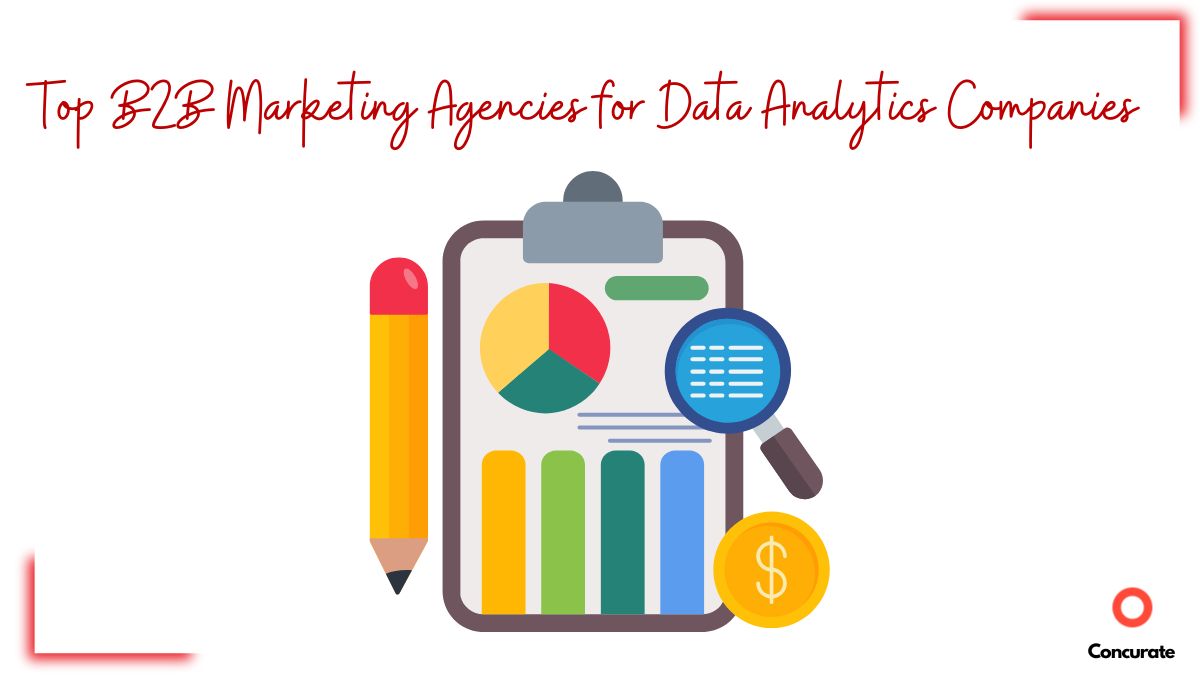The AI Visibility Playbook for SaaS
Most SaaS companies are still glued to Google rankings.
The problem?
Your next customer might never even touch Google.
They’re asking ChatGPT: “What’s the best CRM for real estate?”
Or Perplexity: “Show me project management tools with Slack integration.”
Instead of a list of blue links, they get direct answers, complete with citations. And if you’re not one of the two or three sources AI tools pull from, you don’t even exist in that conversation. If you’ve ever wondered where ChatGPT actually gets its information for SaaS recommendations, you’ll see why that matters.
Optimizing for AI isn’t about gaming the algorithm. It’s about making your content so clear, structured, and trustworthy that AI can’t ignore you.
We spoke with 15 SaaS founders, CMOs, and marketing leaders who’ve already adapted. Here’s how they’re winning in this new AI-first discovery era.
Start With How AI “Thinks”
AI assistants aren’t just “search engines with better manners.” They look for complete, well-structured answers and put a premium on trustworthiness.
Gary Gilkison, CEO of Riverbase, learned this first-hand:
“AI tools prioritize content that answers complete workflows, not just features.”
When his team rebuilt a CRM client’s site to show the full journey from lead capture to sales rep handoff, ChatGPT mentions rose 89%.
Max Shak, CEO of Zapiy, takes a similar approach:
“Instead of long, narrative paragraphs, we now organize content with clearly defined sections that answer specific user queries, similar to how a well-trained LLM would scan for context.”
That small shift brought a 27% lift in AI-driven impressions in just 90 days.
Speak in AI-Friendly Language
Rubens Basso, CTO at FieldRoutes, keeps it simple:
“Refining our product descriptions and feature lists with natural language processing (NLP) algorithms, we’ve seen a 20% increase in user engagement.”
Ryan Barichello, Co-Founder of Noterro, echoes that clarity is key. He keeps core pages short, precise, and full of FAQs based on real customer questions.
“We’ve also added detailed FAQs based on real customer questions. These use direct, question-and-answer formats. In testing, this improved the accuracy of how ChatGPT described our product by over 40%.”
Vipul Mehta, Co-Founder & CTO of WeblineGlobal, adds another layer:
“Treat your content as if the AI will be reading it out loud to a prospect. That means making product pages, pricing, and documentation crystal clear, with structured information that’s easy for LLMs to parse and summarize.”
Consistent terminology and clean structure make it easier for AI to get your story right.
Genesys is a good example, much of its visibility comes from building their site in such a structured manner, that people don’t have to dig for answers. AI tools cite them automatically.
Make Your Pages Citation-Ready
If AI tools are going to recommend you, they need confidence in your facts and a reason to cite you.
Andrew Leger, CEO of Service Builder, stopped writing generic blog posts and focused on data-rich, reference-style pieces.
“Our blog post about spreadsheet costs includes exact time calculations (5-10 hours wasted weekly for 5-person crews) and specific failure scenarios. This format gets pulled into AI responses because it provides the factual, quantifiable information these tools prioritize.”
Frederic S., Founder of PayrollRabbit, even guides AI directly:
“Think of the traditional sitemap.xml file for Google search crawlers. The llms.txt file does the same, but is optimised for LLMs.”
By telling crawlers exactly which pages to index and targeting citations strategically, he doubled AI mentions in two months.
If you’re new to this, here’s a breakdown of how to optimise your site for AI search engines using llms.txt so AI assistants know exactly what to index.
Noah Lopata, Owner of Epidemic Marketing, calls this Generative Engine Optimization:
“The biggest change we made was restructuring content architecture around direct answer formats and entity-based optimization instead of just keyword targeting.”
One of their clients saw a 67% increase in qualified leads after they made these changes. He now tracks “AI visibility” as a core metric.
If you’re not tracking this yet, here’s how to measure traffic coming from AI tools like ChatGPT and Perplexity so you can see the real impact of your optimisations.
Build for the Questions AI Gets Asked
Zack Bowlby, CEO of ROI Amplified, spotted a pattern in AI-driven buyer behavior: they love comparisons and follow-up answers.
“The game-changer was creating “comparison-ready content” specifically formatted for AI extraction. Instead of typical landing pages, we built detailed feature comparison matrices, pricing breakdowns, and implementation timelines that AI tools could easily pull and present.”
Georgi Petrov, CMO at AIG MARKETER, took a complementary route.
“One key change was restructuring content into clear, concise sections with direct answers to common user questions to help AI reference them more easily. I also added schema markup for FAQs, pricing, and product features.”
This way, AI doesn’t guess, it knows exactly what to pull.
If you want to see these patterns live on an enterprise site, the NICE CXone AI Search Visibility study shows how comparison pages, transparent pricing, and case-study outcomes get quoted by AI tools.
Don’t Hide What AI Needs
Eugene Mischenko, President of the E-Commerce & Digital Marketing Association, warns against hiding the very details AI looks for.
“Open Access to Key Pages: We avoid gating important product and pricing information so AI crawlers can access and surface relevant details.”
When his team opened up and structured that content, AI referral traffic jumped 25% and support tickets caused by misinformation dropped.
Show the ‘So What’ First
Maurina Venturelli, Head of GTM at OpStart, writes for outcomes first:
“AI tools favor content that answers the “so what” question immediately. I now lead every page section with measurable outcomes first, then explain the how.”
They now audit content by asking this one question “Can ChatGPT confidently tell someone whether they should buy from us?”
Joey Martin, Founder & CEO of WySmart.ai, calls AI optimization “counterintuitive” for most SaaS companies. Instead of trying to impress AI, he focuses on giving it exactly what it needs to make recommendations.
“I restructured our content around AI’s decision-making patterns rather than human browsing behavior. Instead of burying our ‘Anonymous Website Visitor ID’ feature in marketing fluff, I now lead with the exact problem it solves”
This clarity makes it easier for AI tools to connect features to real-world use cases and recommend his platform over generic alternatives.
Build a Living Knowledge Base
Dragutin Vidic, CEO of Theosis App, turned his resources into an AI-ready library.
“We consolidated resources into a structured knowledge base with dedicated URLs, added JSON-LD FAQs, and placed concise summaries at the top of each article.”
Six months later, Perplexity referrals became a major trial sign-up source.
Earn User Trust Around AI
Nikita Sherbina, CEO of AIScreen, found transparency pays off.
“I’m optimizing our SaaS website for AI tools like ChatGPT by integrating interactive, AI-powered chatbots to assist with customer support and product demos.”
Implementing personalized AI-driven pop-ups improved product trial sign-ups by 25%.
The Common Threads
When you look at what’s working for these SaaS leaders, a few things keep coming up.
- Structure builds trust. When your pages are clean, easy to scan, and packed with FAQs, schema, and ungated essentials, AI has no trouble figuring out what you’re about.
- Specifics get you cited. Think numbers, timelines, and real examples, not vague claims or filler copy.
- Lead with the payoff. Show the result first, then explain how you get there.
- Keep testing. See how AI talks about you, plug the gaps, and keep refining until you like what you hear.
Recommended Read: 21 Top SaaS Marketing Agencies Every Ambitious Founder Should Have on Speed Dial
The Playbook – Pick One, Start Today
Here’s how to turn those patterns into action:
- Map your full workflow, not just features, so AI sees the big picture.
- Use question-driven sections, schema markup, and FAQ blocks to answer exactly what people (and AI) are asking.
- Keep pricing, features, and guarantees open and easy to parse.
- Add quantifiable data and examples that make you citation-worthy.
- Track your “AI visibility” the same way you track SEO.
- Experiment with llms.txt to guide AI crawlers.
The earlier you adapt, the more likely you’ll secure your spot in AI-driven recommendations, while competitors are still chasing Google rankings.
Each Friday, we share what’s working, with tested insights, content experiments, and fresh strategies, in a newsletter built for SaaS marketers.
Want to stay ahead? Fill the form below to subscribe.
Before You Leave This Page
AI tools like ChatGPT and Perplexity are now deciding which SaaS products make it into the conversation and which get left out.
These leaders aren’t just hoping for the best, they’re running AI conversation tests, structuring pages so they’re citation-ready, and packing their content with concrete details that make AI confident to recommend them.
You don’t have to do everything today. But pick one of these moves and put it in play. The sooner you adapt, the harder it will be for competitors to push you out.
And if you’re considering outside help, here’s our curated guide to the best generative engine optimization companies making brands more visible across AI-driven search.
Because in this new reality, the question isn’t if your site ranks in search, it’s if AI will even think to mention you.
At Concurate, we work with SaaS teams to structure their content so it’s not just valuable for readers, but also easy for AI tools to understand, reference, and recommend. It’s the same approach you’ve seen in this playbook with clear workflows, measurable outcomes, and data that earns trust. Because when your content works for both humans and AI, you’re never left out of the conversation.







